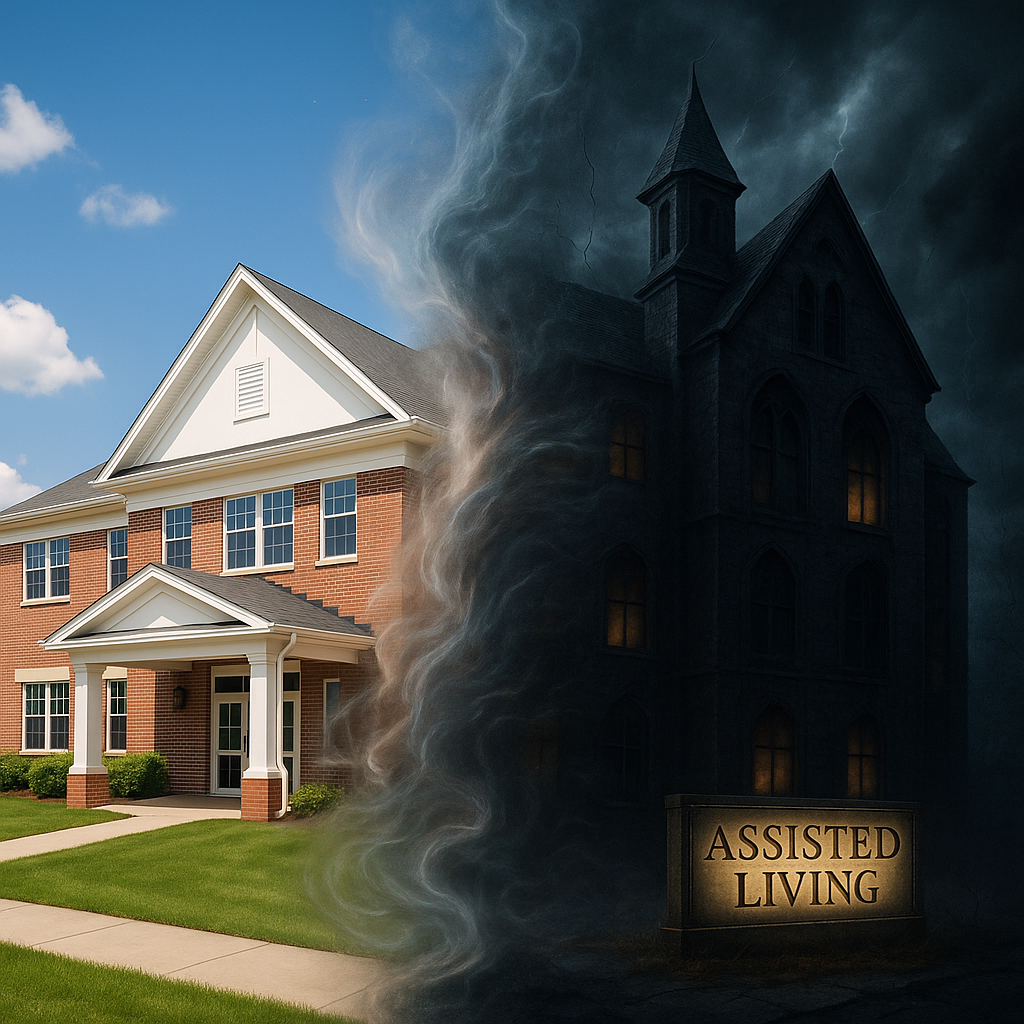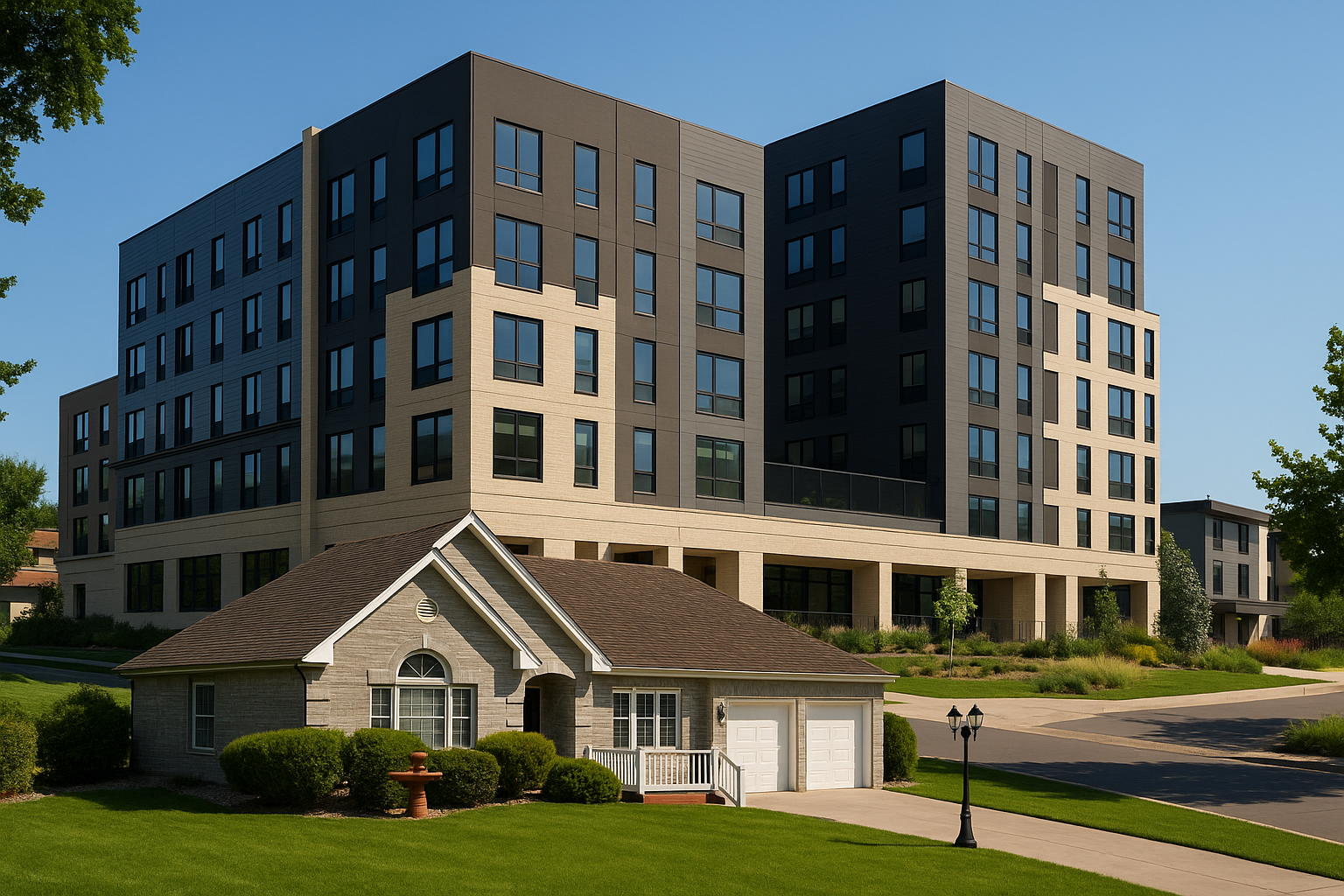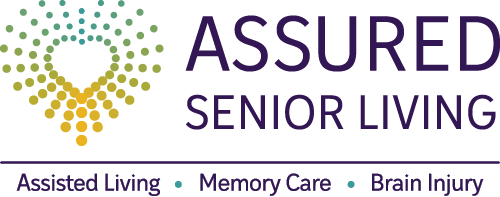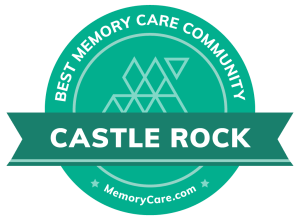BLOG
Options for Shared Living in Memory Care Communities
While there’s no place like home, this doesn’t mean home is always the best place for your loved one to be. Shared living in memory care is an alternative to living in the home of a family member who serves as caregiver. It offers many benefits for a senior with dementia, as well as reassuring peace of mind for friends and family.
It’s true that many adult children of older parents feel an obligation to provide care for them. But living in a room in a family member’s home may actually increase isolation that isn’t healthy for your mom or dad.
Shared living in memory care: the benefits
Documented research correlates isolation with loneliness, depression, dementia, and a shortened lifespan. Simply put, feeling left out and alone is bad medicine.
When we as human beings sense a connection with other people, we typically experience less anxiety and depression. We are more likely to have positive self-esteem. And we are more motivated to follow the healthy habits of good friends and neighbors. That’s why shared living in memory care is such a beneficial option.
Senior living memory care neighborhoods provide:
- Increased socialization
- A regular routine and sense of purpose
- Shared experiences
- Scheduled activities
- A familiar feeling of home
- Enhanced quality of life
- A safeguard against the negative health effects of loneliness
- More peace of mind for the family
Options in shared living memory care communities
Shared living in a residential home setting
Think of it as a comfortable transition from living at home. It feels like home because it is a home.
At Assured Senior Living, small groups of residents share a lovely residential home within the larger communities they occupy. Each resident enjoys their own private apartment suite, and several comfortable common areas encourage communal living and social engagement.
Delicious, family-style meals are created daily in our well-appointed home kitchens, with residents encouraged to pitch in and feel empowered to actively participate in their daily lives. Our neighborhood clusters of resident homes create a small, tight-knit community where members feel at home amongst close friends and neighbors.
There are fewer residents in a residential model of care than in a memory care neighborhood in a big senior living community. That can be a huge advantage for a senior with cognitive limitations who might find larger communities difficult to navigate. Assured assisted living memory care residents enjoy familiar daily activities such as spending time in an enclosed outdoor space and helping with household chores.
We make sure our residents find daily purpose and enjoyment, both individually and as part of a group. And with our 1-4 staff to resident ratio, our memory care community members never want for personalized attention and connection with friendly faces they know and trust.
Shared spaces in assisted living communities
Assisted living communities are designed to enhance quality of life and foster independence, with the reassurance of a helping hand with activities of daily living. Residents can engage and connect with each other and with staff and family in several ways, through activities, group dining, outings, exercise, and more. The goal is healthy aging and wellness, with an emphasis on companionship, friendship and camaraderie.
Shared apartments in memory care communities
The nice thing about a memory care community is that it’s just that — a complete community, with a dining room, activities area, and secured outdoor area, as well as 24/7 staff. You may have the option of a private room, but usually there are two beds in the same room, increasing opportunities for socialization and offering a cost-saving option.
Shared living in memory care: learn more
The drive for social connection is wired into human DNA. This is true whether we are a two-year-old toddler or a 92-year-old great grandparent. And it’s why a growing number of senior living communities now offer shared rooms in memory care.
At Assured Senior Living, we understand that isolation and loneliness are particular challenges faced by those with cognitive challenges from dementia or traumatic brain injuries. And it’s our goal to change that. Let us tell you more. Contact us today, or download our free Family Decision Toolkit guide for more information.















